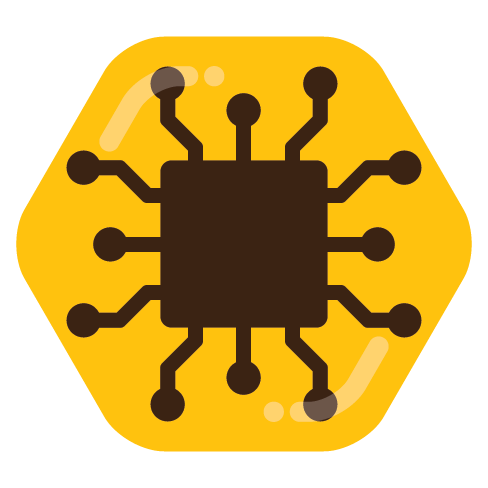
Ah, you are using pretty different deployment then, even the used postgres image is different then the usual deployment ( pgautoupgrade/pgautoupgrade:16-alpine instead of postgres:16-alpine) this might or might not cause differences.
I would try increasing POSTGRES_POOL_SIZE to 10-20, but I am guessing here, the idea being that lemmy is hammering postgres through the default 5 conns which increases CPU but that is a bit of stretch














Great wizard of the bitrates, grant me your wisdom…
I can’t wrap my head around bitrate - if I have a full hd monitor and the media is in full hd then how is it that the rate of bits can make so much difference?
If each frame in the media contains the exact 1920 × 1080 pixels beamed into their respective positions in the display then how can there be a difference, does it have to do something with compression?